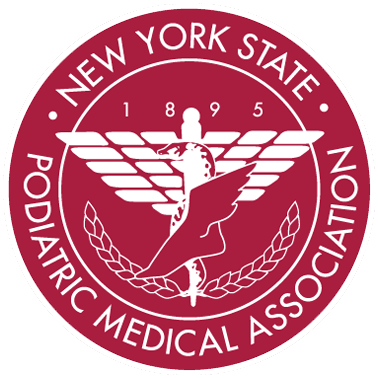Complete Story
06/01/2016
Medicare & Private Insurance Reimbursement Update
Daniel Keating, DPM attended the annual meeting sponsored by APMA on the changes/updates in Medicare insurance reimbursement.
Some of the changes discussed at this year’s meeting included the end of the Sustainable Growth Rate (SGR). Congress passed a 0.5% increase for Medicare claims. Each year there will be a 0.5% increase through 2019. 2020 and beyond will be a smaller increase, possibly 0.25%.
The Centers for Medicare & Medicaid Services (CMS) will continue to introduce alternate payment systems in the next few years.
Currently, the Physician Quality Reporting Measures (PQRS) continues for 2016. In 2016 you must report on nine Clinical Quality Measures (CQMs). Each measure is assigned to one of the six National Quality Domains (NQS). The nine CQMs must cover three of the six National Quality Domains (NQS).
If you do not report in 2016, then you will trigger a 2% cut on Medicare claims in 2018.
If you do not do any reporting of the PQRS or Meaningful Use through 2018, then you will have a cumulative cut in Medicare reimbursement of 7%.
There is also a continued yearly 2% cut due to the continuation of sequestration. APMA strongly recommends using a registry to report PQRS. There is an associated cost involved with registries. CMS has proposed implementation of the Medicare Access and CHIP Reorganization Act of 2015 (MACRA). This rule includes the Merit Incentive Program System (MIPS) which combines PQRS, value-based modifier, and EHR Incentive program with four parts: Quality (50%), Advancing Care Information (25%), clinical practice improvement activities (15%) and cost (10%).
The four performance category scores would be combined into a MIPS composite performance score (CPS). The CPS would then be used to determine a procedure increase, decrease, or no change in reimbursement. The four measures would be based on a calendar year beginning in 2017 for the 2019 payment adjustment.
Another alternative proposal states that participation in Alternate Payment Models (APMs) would exclude providers from participating in MIPS, and would qualify for additional payment adjustments. These could include shared savings models, bundled payment models and medical homes.
The value-based payment modifier is another change to the payment method. CMS will look at quality and cost. Depending on your combined score, you will gain 2% or lose 2% on reimbursement. Quality is based on PQRS reporting. CMS will give you a composite score. Cost is based on hospital admissions. We, as specialists, often do not get credit for hospital admissions. This gives us an average composite score for cost. Our data numbers for hospital admissions are too low. We may be a low-cost provider, but the measure CMS is using to evaluate specialists does not apply well for podiatry. APMA is pushing CMS to come up with better methods to evaluate cost for a specialist.
CMS reports on financial data and coding frequency. The total allowed charges for Medicare in 2014 was $129.2 billion for all providers. Podiatry allowed charges were $2.18 billion, 1.7% of the total. The most frequently billed codes by podiatry were for routine foot care and E & M codes. Comparing codes billed by different providers, podiatry bills for the associated forefoot surgery codes more than any other providers.
Prepayment audits will continue with CMS. Do not ignore requests from CMS. Usually, you have 30-60 days to respond to CMS. If you receive an audit request and have concerns, please contact NYSPMA or Mr. Andrew Feldman, our state association legal counsel.



